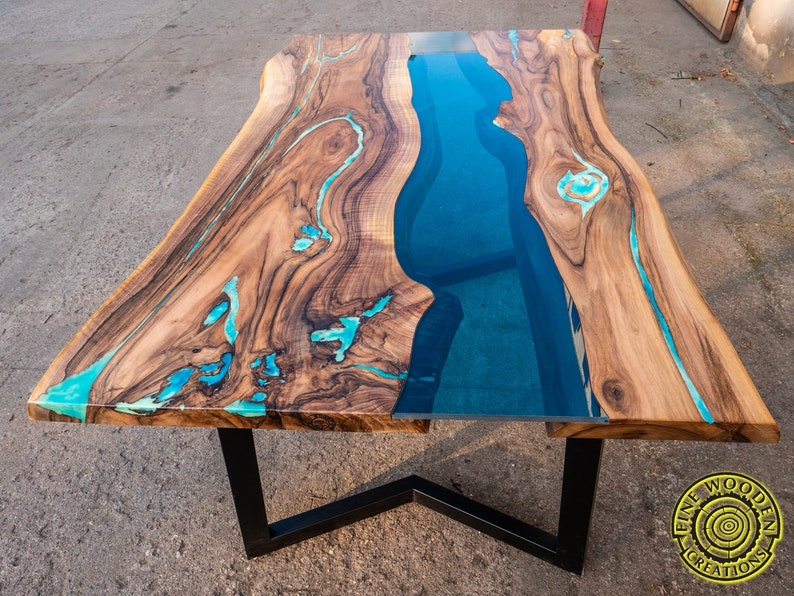J
JazzJPH
Guest
Hi all,
I've been thinking of making my own National Hive floor, brood box, supers and roof. I'd be making a stand for them too of course. I'll buy in the other stuff like QE and a perspex crown board.
I have a lot of pallet wood so would like to use that, rather than buy ply/OSB. I've done a small amount of resin work too, which got me wondering if the bees would be fine with resin.
For those who haven't seen resin pouring it this kind of thing -

I was thinking of making a mould for the entire brood box size, adding a few bits of scrap wood and then pouring the resin in. The mould would either be destroyed or designed to dismantle once the box is set. The only thing about this idea is to keep it simple I'd have to lose the lips at the top and bottom of the box and add them later, probably via plastic/wooden strip.
The mould I'm thinking of making would be similar to this below:
https://blog.rhysgoodwin.com/fabrication/resin-cast-project-enclosure/
So my questions to you experienced beekeepers out there:
1. What is the purpose of the bottom lip on a brood box/super and why can't it just be flush?
2. Is epoxy resin a suitable material for bees if it has cured, been cleaned and left for a while?
3. Would a transparent/translucent hive have any effect on the bees?
I know that it could get tricky but I'm keen on my DIY and I have the materials to make it all.
I've been thinking of making my own National Hive floor, brood box, supers and roof. I'd be making a stand for them too of course. I'll buy in the other stuff like QE and a perspex crown board.
I have a lot of pallet wood so would like to use that, rather than buy ply/OSB. I've done a small amount of resin work too, which got me wondering if the bees would be fine with resin.
For those who haven't seen resin pouring it this kind of thing -

I was thinking of making a mould for the entire brood box size, adding a few bits of scrap wood and then pouring the resin in. The mould would either be destroyed or designed to dismantle once the box is set. The only thing about this idea is to keep it simple I'd have to lose the lips at the top and bottom of the box and add them later, probably via plastic/wooden strip.
The mould I'm thinking of making would be similar to this below:
https://blog.rhysgoodwin.com/fabrication/resin-cast-project-enclosure/
So my questions to you experienced beekeepers out there:
1. What is the purpose of the bottom lip on a brood box/super and why can't it just be flush?
2. Is epoxy resin a suitable material for bees if it has cured, been cleaned and left for a while?
3. Would a transparent/translucent hive have any effect on the bees?
I know that it could get tricky but I'm keen on my DIY and I have the materials to make it all.
















































